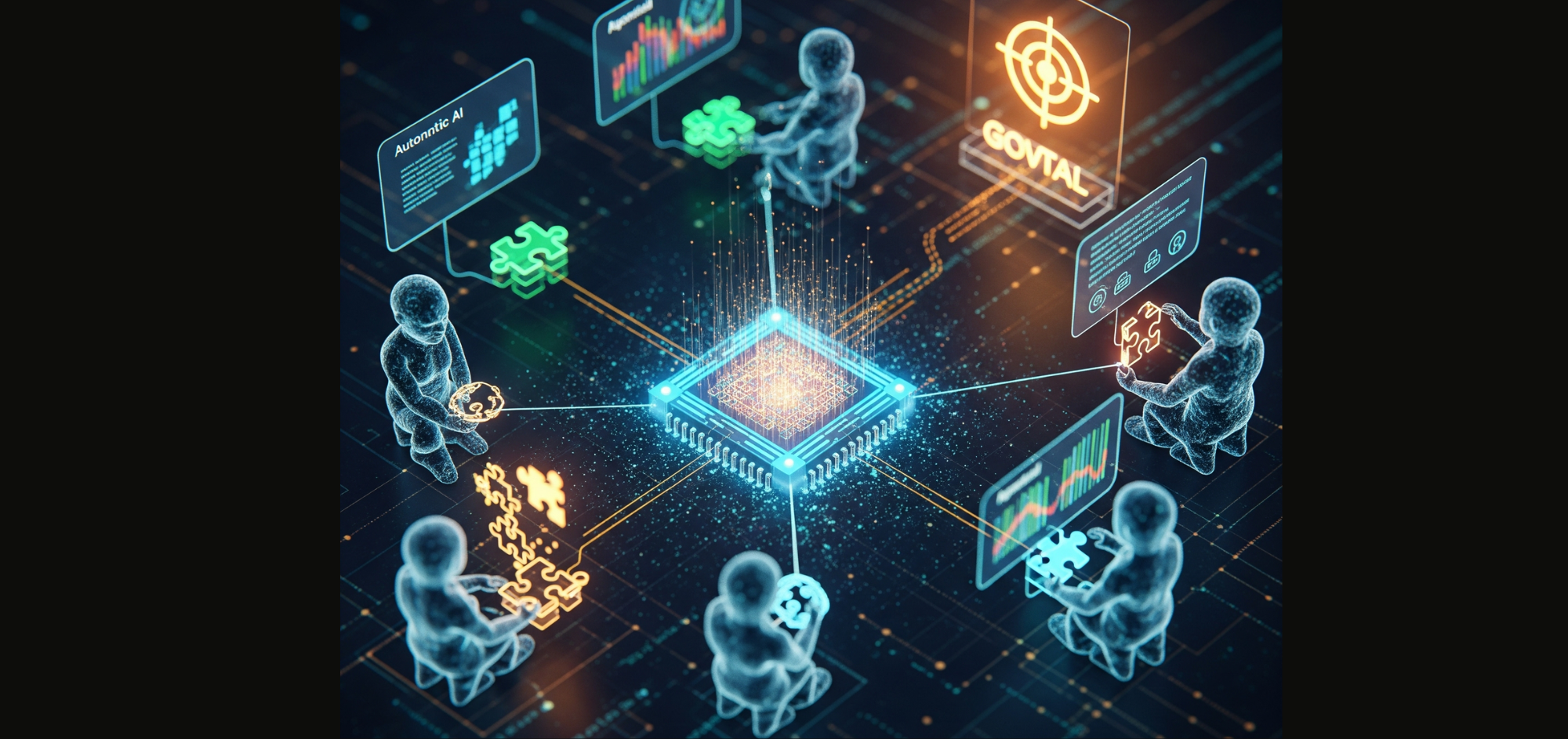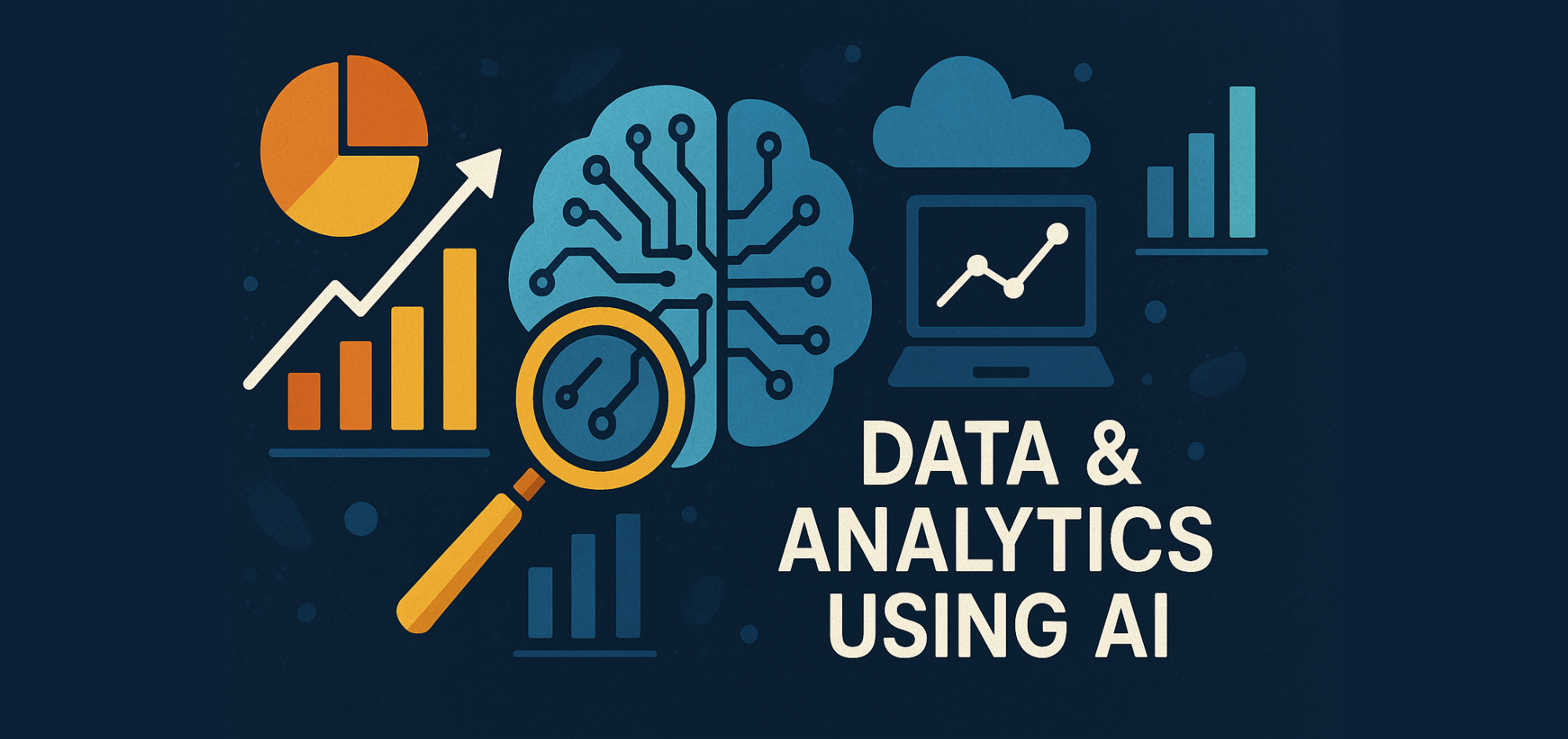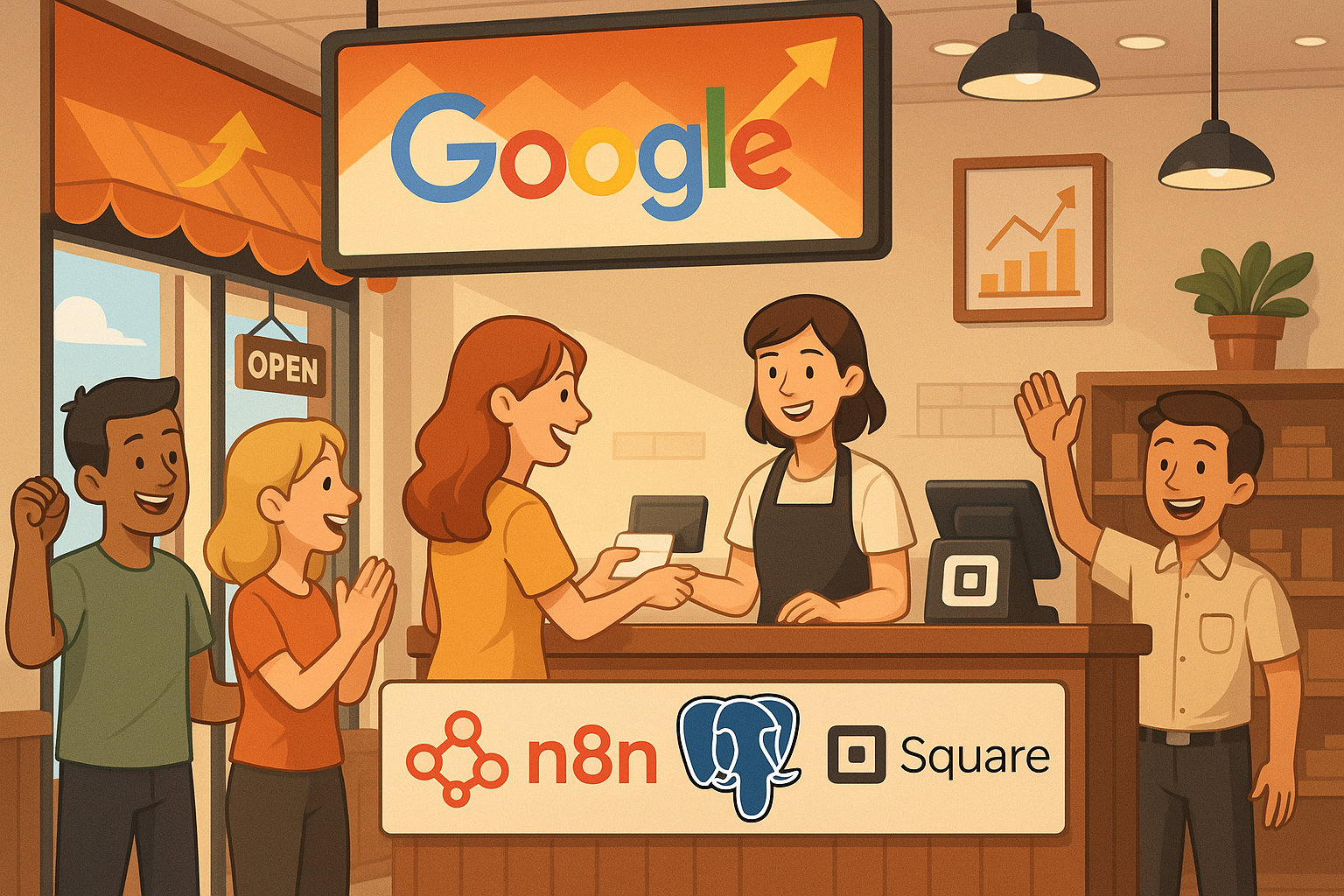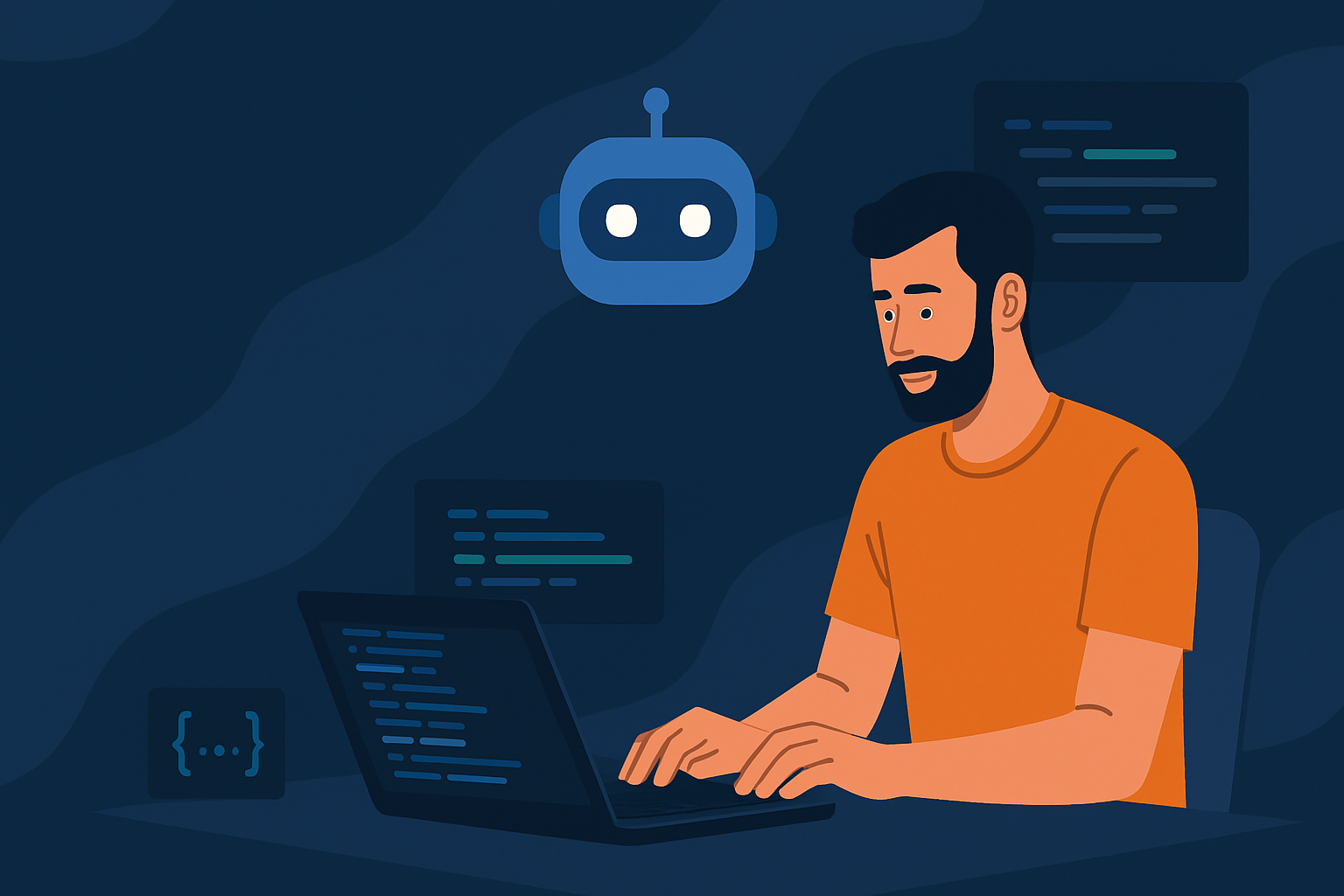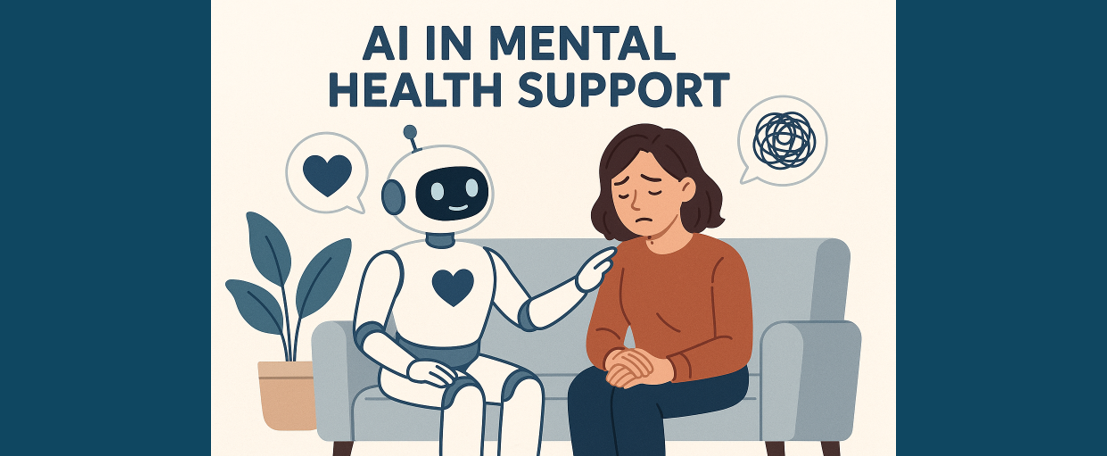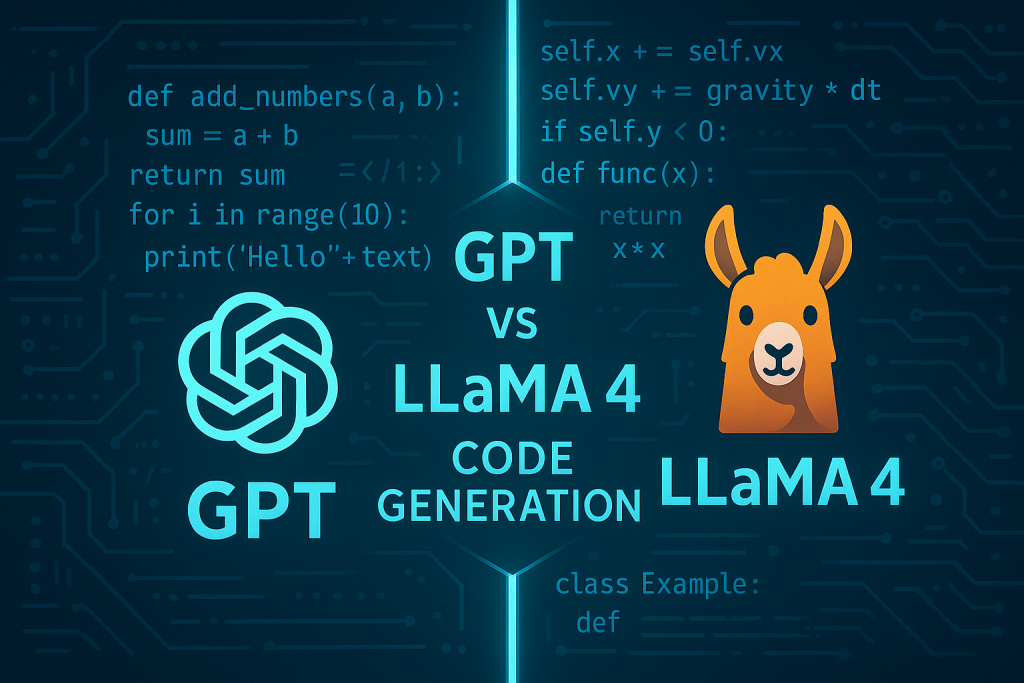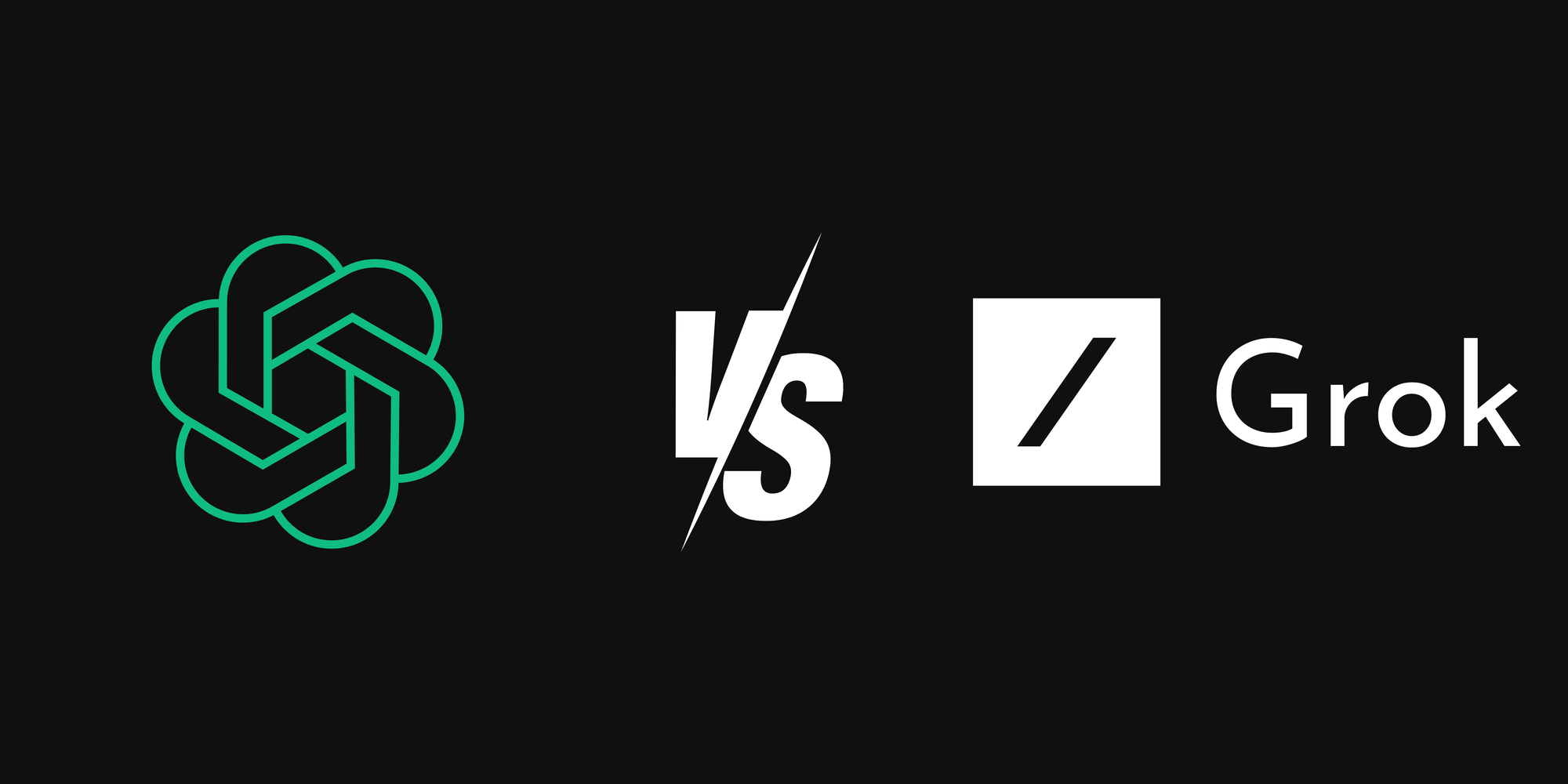What is Agentic AI?
A Deep Dive into Autonomous Intelligence
Introduction
AI has evolved drastically over time. AI agents started off as elementary programs based on if-then rules without any extra learning capabilities. They were reactive. You give them an input, they give something back. Early chatbots, spam filters all fell under this category.
Then the AI agents got integrated with machine learning techniques with the ability to analyse data, identify patterns and keep improving based on experience. This integration resulted in improved recommendation systems, spam filters and search engines. Slowly, chatbots expanded their capabilities from keyword matching to having the ability to comprehend intent and deliver more relevant responses. Soon, virtual assistants like Siri and Alexa entered the picture with Natural Language Processing abilities.
With advancements in neural networks and deep learning, AI agents progressed from reacting to understanding. They could process images, sentiments and languages with incredible accuracy. Thus came the advent of conversational AI with OpenAI’s GPT series, Google’s Gemini and Anthropic’s Claude, to name a few. They could summarise articles, translate languages, and proofread and write emails. With access to vast computing power and massive datasets, these agents could learn and evolve far beyond the capabilities of earlier models.
Today, we are on the verge of a new era in autonomous AI agents. These systems don’t just react. They have a goal. And they can take their own steps to achieve that goal. They understand the task, figure out how to do it, breaking the task down into smaller steps, even if they encounter obstacles. They do all this independently of constant human supervision. Agentic AI can learn from its own environment and adjust its actions. If something doesn’t work, it just tries a different approach, just like a human trying to solve a problem.
How it works
- Data Collection: Data from multiple sources, including sensors, APIs, databases and user interactions, is collected and used by Agentic AI systems to understand the context and to make informed decisions.
- Planning: The collected data is then analysed using Natural Language Processing, Computer Vision or other AI capabilities to get useful insights. Reasoning, planning algorithms and reinforcement learning are further used to develop a plan to achieve its goals. This might mean breaking down complex tasks into simpler and more manageable steps.
- Decision Making and Taking Action: Different courses of action are devised for the goal, and the most optimal one is chosen. The chosen action is executed, which could involve interacting with external systems, triggering workflows or providing responses to users.
- Adapting: Agentic AI systems continuously learn from their experiences and keep refining their decision-making process to ensure improved performance over time. Reinforcement learning is the key element in this step, pushing AI to adapt based on positive or negative outcomes resulting from its behaviour.
5. Multi-Agent Collaboration: In complex scenarios, agentic AI systems can operate as a team of agents, collaborating to solve problems and achieve goals. This distributed approach allows for improved efficiency and scalability.
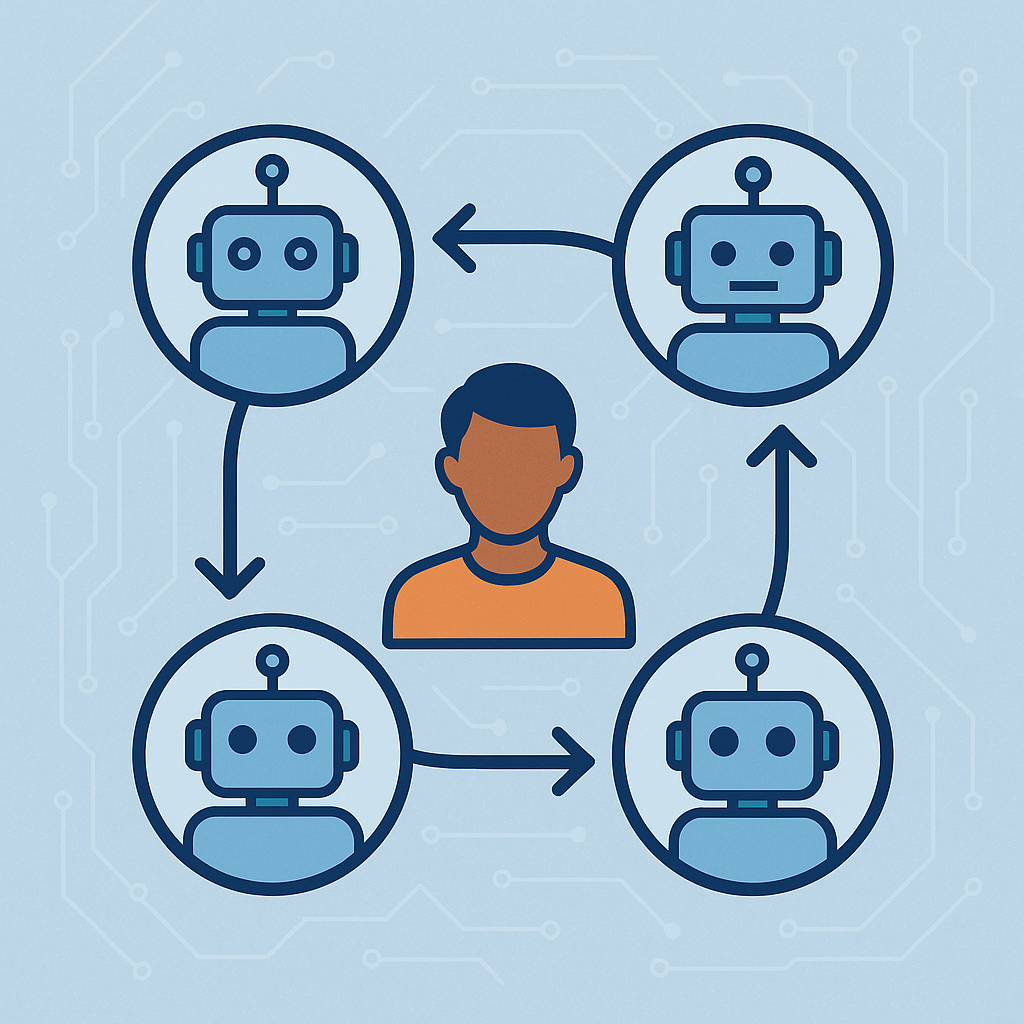
What helped?
The evolution of agentic AI was made possible by these key developments:
Reinforcement Learning: Learning by trial and error allowed agents to fine-tune their approaches for long-term benefits.
Large Language Models: GPT-4 and similar systems gave agents advanced context awareness and better communication capabilities.
Multi-agent coordination: Teams of agents could autonomously address complex challenges by dividing responsibilities.
Tool integration: Agents now operate in real environments by accessing the internet, executing code, managing apps, and using APIs.
Key Features
Unlike other AI, which stops at generating knowledge from data, agentic AI turns that knowledge into actions. This self-directed way of working, without needing continuous human involvement, sets it apart. This, in turn, comes with its own set of benefits:
Quick response and adaptability
One of the biggest strengths of agentic systems is their ability to make decisions quickly. They process live data, evaluate changing situations, and adapt their actions swiftly. This mix of responsiveness, adaptability, and self-learning streamlines the decision process and enhances agility and efficiency.
Performance scalability
As workloads grow, traditional automation often needs manual adjustments or system upgrades. Agentic AI, on the other hand, uses cloud infrastructure, APIs, and large language models to scale seamlessly, maintaining performance under increased demand.
Its scalability is also improved by multi-agent architectures, where specialised agents work together on related tasks. For example, in education, one agent could personalise the learning content for students based on their aptitude and performance levels, while another could schedule classes and allocate teaching resources. A third agent could monitor student engagement and alert human educators when intervention is needed. All 3 agents would work together under one single system.
Increased Efficiency
With the ability to autonomously adapt complex workflows, it lessens dependence on human input. Its self-learning nature allows it to improve processes by analysing feedback and upgrading decision-making algorithms, resulting in higher efficiency, minimal reprogramming needs, fewer disruptions, and greater scalability.
Applications
- Urban Planning and Development
- Task: Identifying optimal locations for new community centers to maximise public accessibility and minimise construction costs.
It would independently:
- Analyse demographic data, public transport routes, and existing infrastructure.
- Generate potential site options.
- Simulate the impact of each option (e.g., commute times, foot traffic).
- Provide a ranked list of recommendations, explaining its reasoning.
- Complaints Management
- Task: Proactively resolving citizen complaints related to public infrastructure.
It would independently:
- Monitor social media, online forums, and direct complaint channels for recurring issues (e.g., potholes, faulty streetlights).
- Categorise and prioritise complaints.
- Automatically open work orders with relevant departments.
- Track the resolution progress and notify the citizen upon completion.
- Flag persistent or escalating issues for human review.
- Emergency Response Coordination
- Task: Optimising resource deployment during a natural disaster.
It would independently:
- Ingest real-time data from weather sensors, emergency calls, and traffic cameras.
- Identify areas most affected and predict future impacts.
- Allocate emergency services (fire, ambulance, police) to specific locations based on urgency and resource availability.
- Suggest evacuation routes and shelters.
- Continuously update its plan as the situation evolves.
Conclusion
Agentic AI represents a leap forward in the evolution of artificial intelligence, from reactive tools to autonomous problem-solvers capable of planning, adapting, and acting with minimal human oversight. By combining the power of large language models, reinforcement learning, and multi-agent collaboration with tool support, these systems can tackle complex, real-world challenges at scale.
Whether enhancing urban planning, improving citizen services, or coordinating disaster response, agentic AI offers speed, scalability, and adaptability that traditional automation cannot match. As these technologies continue to mature, their potential to transform industries, enhance decision-making, and improve quality of life will only grow. AI will no longer be just a tool, but a trusted partner in achieving human goals.
References
- Automation Anywhere (2024). What is Agentic AI? Key Benefits & Features. https://www.automationanywhere.com/rpa/agentic-ai.
- Ranam (2025). The Evolution of AI Agents: From Simple Bots to Autonomous Systems. Medium. https://medium.com/@ranam12/the-evolution-of-ai-agents-from-simple-bots-to-autonomous-systems-22195b9e5764.
Catch the latest version of this article over on Medium.com. Hit the button below to join our readers there.

